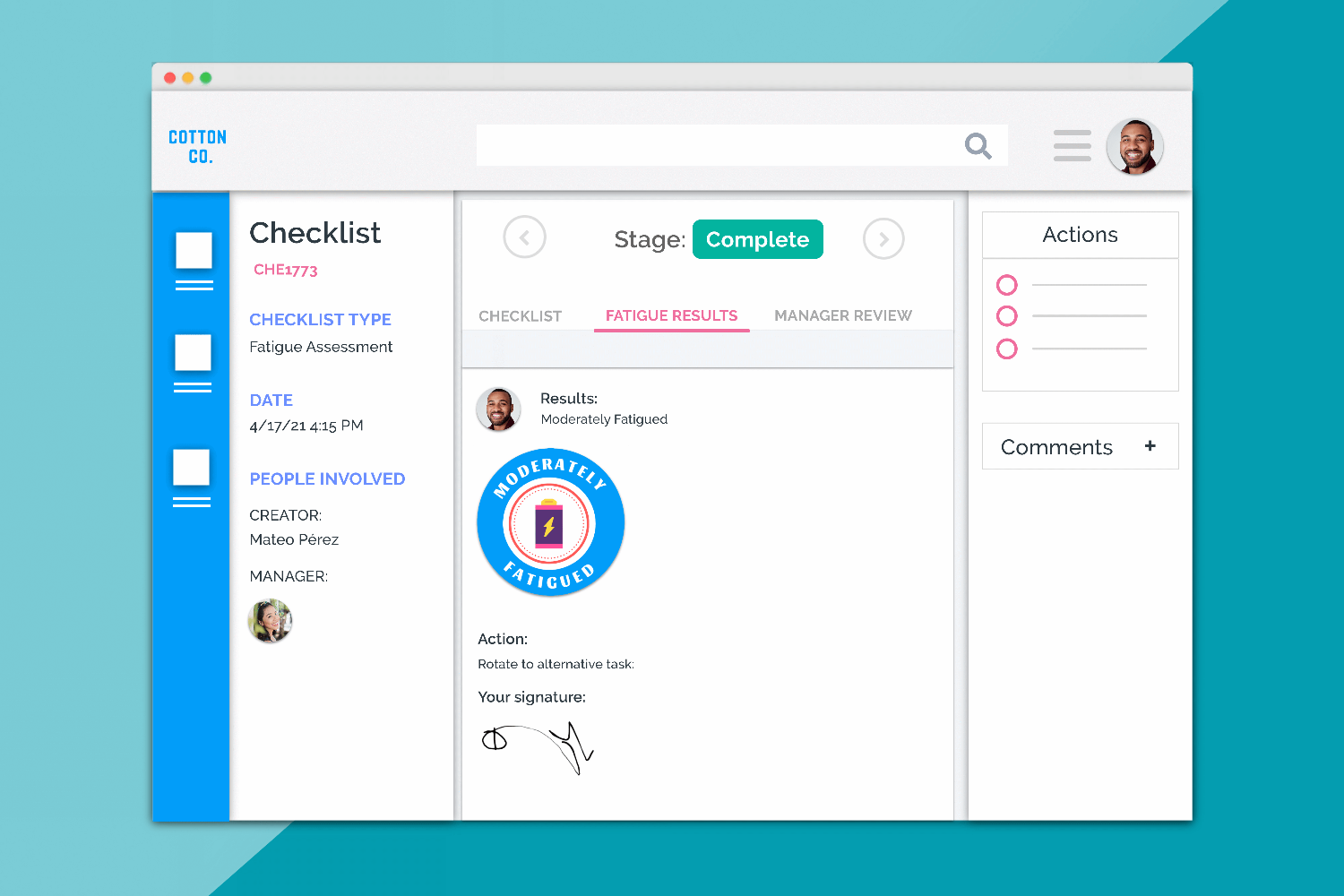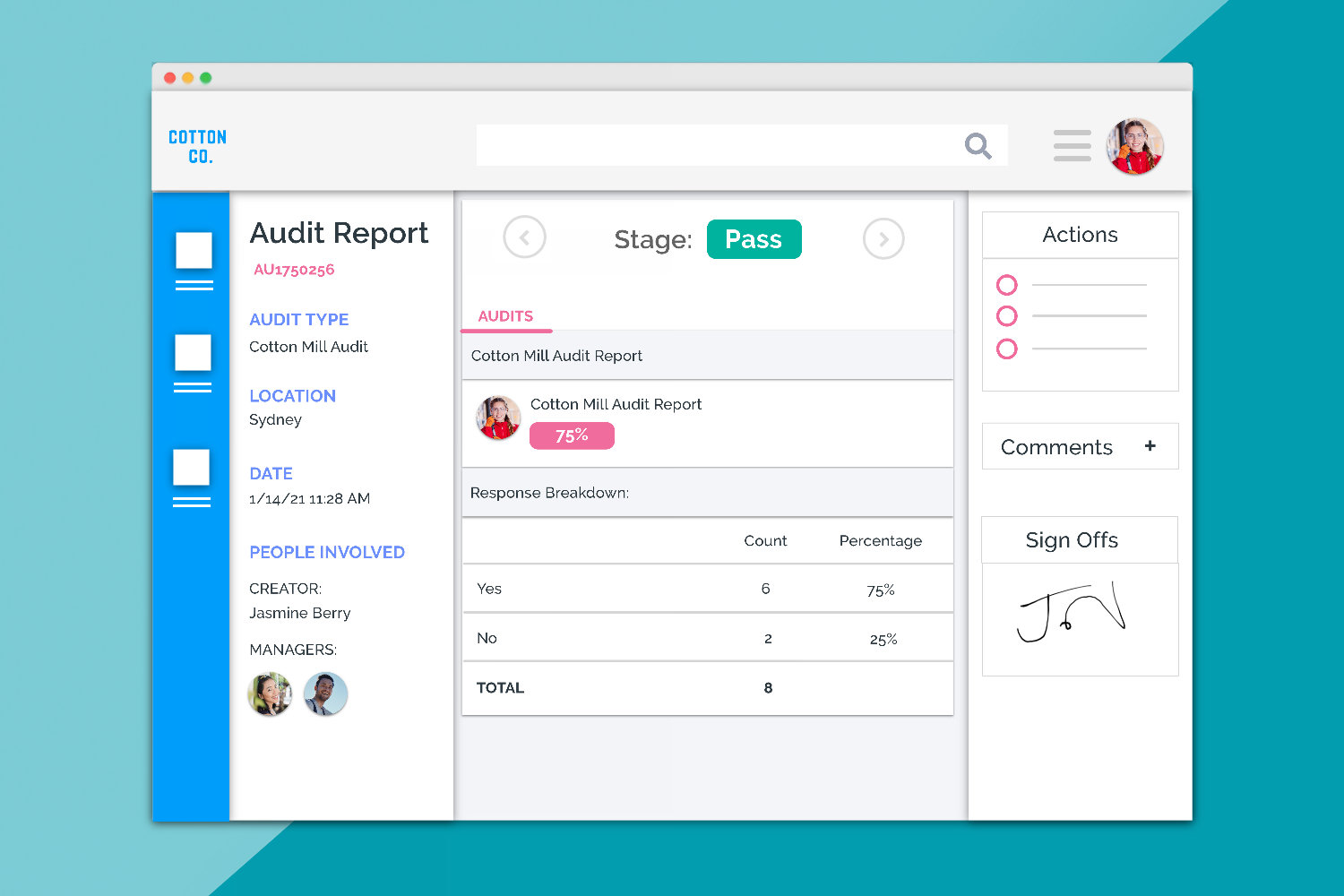
Whether you are comfortable with the reality of it or not, AI or Artificial Intelligence is here and here
to stay. Already we have self-driving cars coming onto the market, a headset that reads our minds
with 80% accuracy, and electronic billboards that use facial recognition to profile us, and show us
targeted advertisements.
If you are not quite sure about the terminology to use when talking about these technologies, read
on. You will be hearing it around the water cooler VERY soon!
Artificial Intelligence is the broader concept of machines being able to carry out tasks in a way that we would consider “smart”.
AND
Machine Learning is a current application of AI-based on the idea that we should really just be able to give machines access to data and let them learn for themselves.
To put this into a use case for you, let’s look at Siri, Apple’s voice recognition technology. Siri is
Artificial intelligence (AI). Siri’s ability to learn your accent and way of speaking to improve its
accuracy is machine learning.
Artificial Intelligence (AI) and Machine Learning (ML) are two hot buzzwords right now, and often
seem to be used interchangeably. They’re not quite the same thing, but the perception that they are
can sometimes lead to some confusion.
So, let’s deep dive into the difference between artificial intelligence and machine learning.
What is Artificial Intelligence (AI)?
AI is the simulation of human intelligence processes by machines, especially computer systems. AI works by combining large amounts of data with fast, iterative processing and intelligent algorithms, allowing the software to learn automatically from patterns or features in the data.
Some of the activities computers with artificial intelligence are designed for include:
- Speech Recognition
- Assessing Databases
- Performing Repetitive tasks
Generalized AI – Systems or devices that can, in theory, handle any task. This is where some of the most exciting advancements are happening today! It is also the area that has led to the development of Machine Learning. Machine Learning is often referred to as a subset of AI.
What is Machine Learning (ML)?
The process of learning begins with observations or data, examples such as direct experience, or
instructions, in order to look for patterns in data and make better decisions. The primary aim is to
allow computers to learn automatically without human intervention or assistance, and adjust actions
accordingly.
The processes involved in machine learning are like data mining and predictive modelling. This
requires a machine to search through data to look for patterns and adjust actions appropriately.
Most people are familiar with machine learning from shopping on the Internet and being offered
products related to their purchases.
Machine learning is a subfield of artificial intelligence. The goal is to enable computers to learn on
their own. A machine learning algorithm enables it to identify patterns in observed data, build
models that explain the world, and predict things without having explicit pre-programmed rules and
models.
Most industries working with large amounts of data have realized the advantages of machine
learning technology. By collecting insights from this data – often in real-time – companies can work
more efficiently and/or gain an advantage over their competitors.
Both terms crop up very frequently around the topic of data, analytics, and the broader waves of
technological change that are sweeping through our world today
Will robots and artificial intelligence (AI) replace humans?
The growth of artificial intelligence has allowed the ability for machines to self-learn, which in turn
allows for predicted learning and can put the best controls in place. Investment in AI last year
increased by 300%, and around 80% of executives recognize that AI boosts productivity. AI is already
here and will continue to be embedded in our everyday lives. Siri and Alexa are perfect examples.
AI will not replace humans but will help us. AI will enable us to spend more time on high-value tasks,
rather than spending time on managing and analyzing. The automation of transactional tasks will
reduce the time spent on the process of data, on a large scale.
As mentioned today, at the AWS Summit Sydney – Amazon Innovation Day, the rise of technology
leaves us questioning what impact robots will have on our future. When breaking down the
differences between humans and robots, there are a number of distinct differences, some of which
cannot be solved by technology, at this moment in time.
What work are humans good at?
- Problem-solving
- Abstraction
- Generalization
- Creative thinking
What work are robots good at?
- Crunching Numbers
- Assessing Databases
- Lifting heavy objects
- Moving with precision
- Repetitive tasks
Just to name a few things.
The Benefits
AI, and in particular today, ML, certainly has a lot to offer. With the promise of automating mundane
tasks as well as offering creative insight, industries in every sector from finance, to healthcare, to
manufacturing are reaping the benefits.
The fact that we will eventually develop human-like AI has often been treated as something of an
inevitability by technologists. Is that a pro or a con? You decide. Certainly, today we are closer than
ever, and moving towards that goal at a rapid speed. Much of the exciting progress that we have
seen in recent years is thanks to the fundamental changes in how we envisage AI working, which has
stemmed from ML.
It’s crazy to think what 2030 will look like. If anything, it should be extremely exciting!
By Donesafe at donesafe.com
For a paperless, jargon-free business safety solution that you can manage from your phone, click here to get in contact and ask about how you can try Donesafe for FREE or visit our features page to find out more.
Share:



